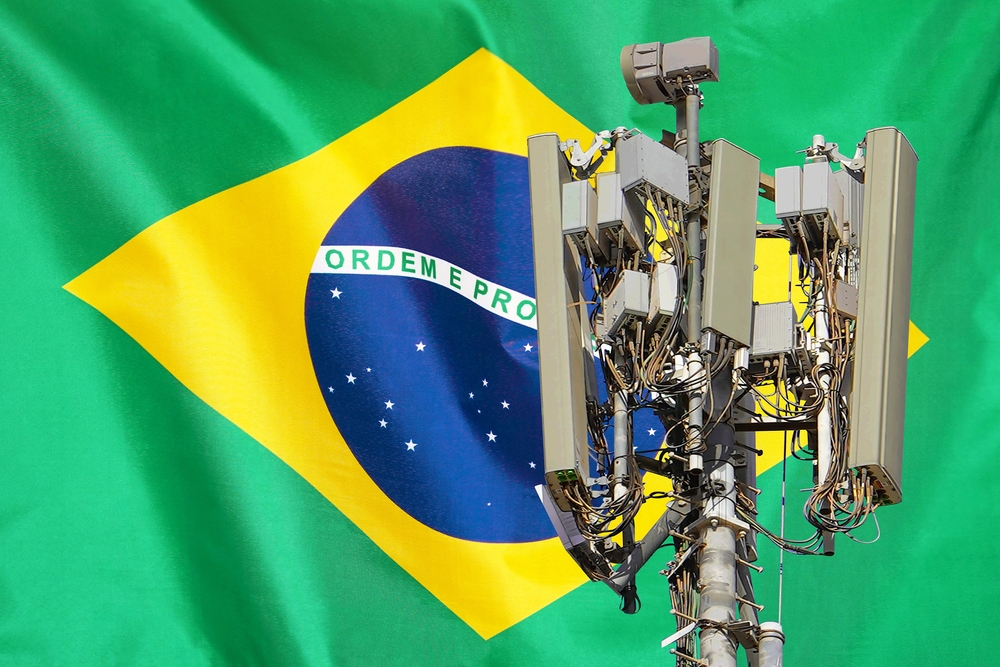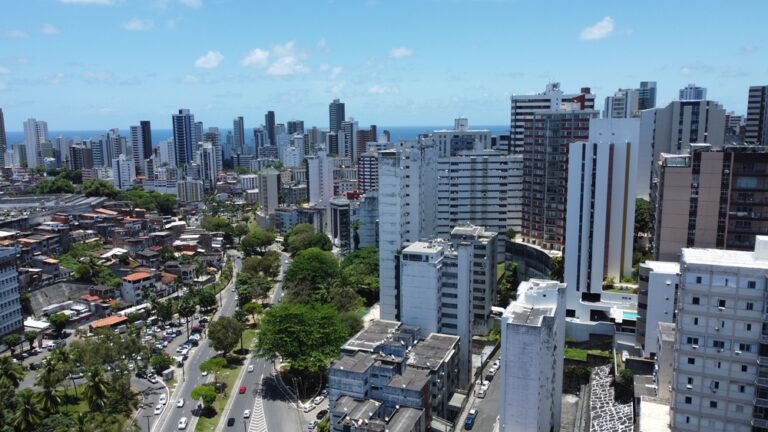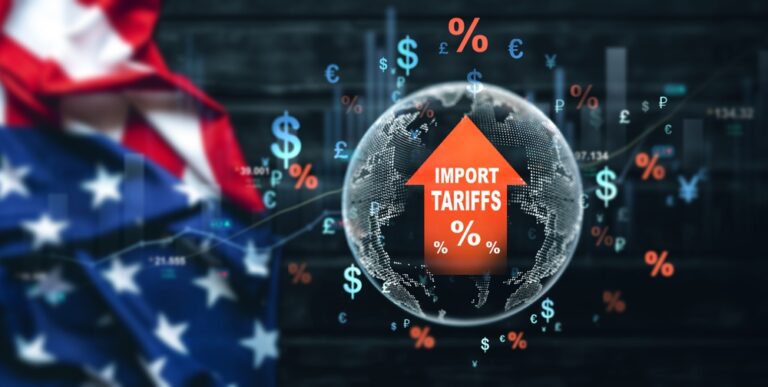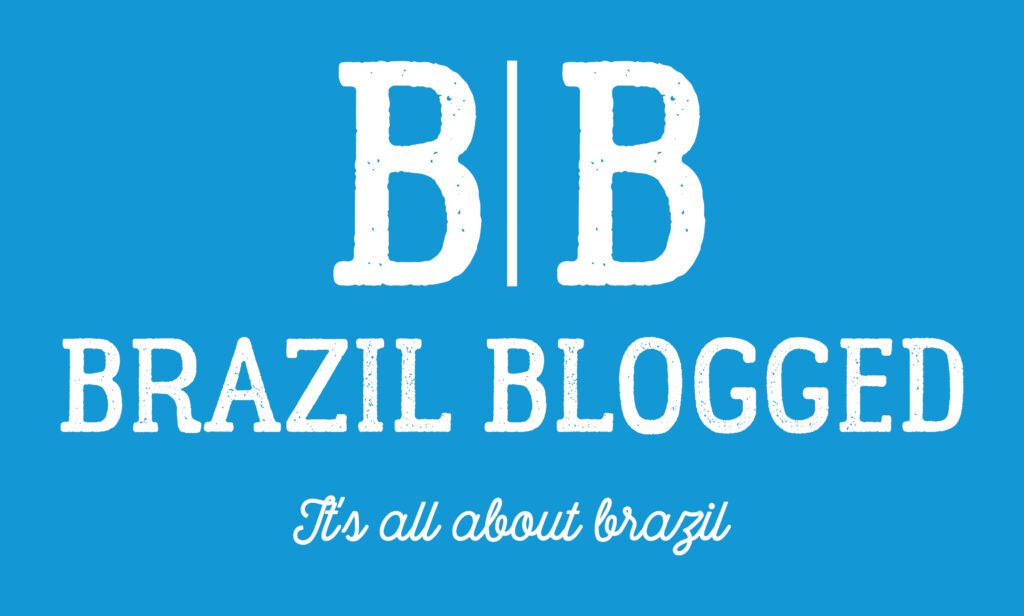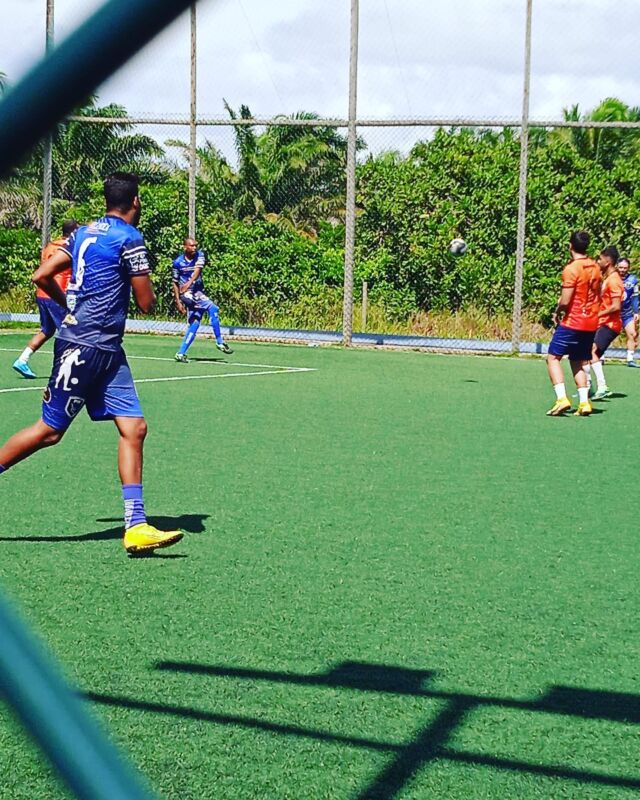Table of Content
ToggleIntroduction
Brazil’s telecom market is growing rapidly, with a mix of established players and new entrants shaping the competitive landscape. The sector is expected to expand significantly, with projections indicating a market size of USD 43.34 billion by 2029. This growth is driven by increasing demand for mobile and broadband services across the country.
The Brazilian telecom industry is dominated by major companies like TIM, Vivo, and Claro, alongside emerging players such as Winity Telecom. These companies are investing heavily in infrastructure and new technologies, particularly 5G networks, to meet the rising consumer demand for faster and more reliable connectivity.
Recent developments in the market include spectrum auctions for 5G services and changes in ownership structures, such as the acquisition of former Oi towers by Highline. These changes are reshaping the competitive landscape and driving innovation in services offered to Brazilian consumers.
Key Takeaways
- Brazil’s telecom market is set for substantial growth, reaching billions by 2029
- Major players and new entrants are investing in 5G and infrastructure upgrades
- Recent industry changes include spectrum auctions and ownership restructuring
Overview of the Brazilian Telecom Market
Brazil’s telecom market is large and growing. It faces challenges but also has opportunities for expansion. The sector plays a key role in connecting the country’s vast population.
Historical Context and Evolution
Brazil’s telecom industry has changed a lot over time. In the 1990s, the government sold off state-owned telecom companies. This opened up the market to private firms.
Phone use grew fast after that. By the early 2000s, cell phones became very popular. More people could afford them as prices went down.
Internet use also spread quickly. At first, it was mostly dial-up. Then broadband became more common in cities. Now, many Brazilians use mobile data to get online.
Current Market Landscape
Today, Brazil has a telecom market worth over $32 billion. It keeps growing each year. The biggest telecom firms offer phone, internet, and TV services.
Mobile is now the main focus. Almost everyone has a cell phone. 4G networks cover most of the country. 5G is starting to roll out in big cities.
Fixed broadband is still important too. Fiber internet is reaching more homes. But many rural areas lack good internet options.
Pay TV use has gone down lately. More people are choosing streaming services instead.
Key Players in the Brazilian Telecom Sector
Brazil’s telecom market is dominated by a few major players who shape the industry landscape. These companies compete fiercely for market share while driving innovation and expanding services across the country.
Vivo’s Market Presence
Vivo, a brand of Telefônica Brasil, stands as a leading telecom provider in Brazil. The company offers mobile, fixed-line, and internet services to millions of customers.
Vivo’s strength lies in its extensive network coverage and focus on 4G and 5G technologies. The company has invested heavily in infrastructure upgrades to improve service quality and speed.
In recent years, Vivo has expanded its digital services portfolio. This includes partnerships with content providers and the launch of financial technology solutions to diversify revenue streams.
TIM Brasil’s Contribution
TIM Brasil, a subsidiary of Telecom Italia, has carved out a significant position in the Brazilian market. The company is known for its competitive pricing and innovative service packages.
TIM has made substantial investments in 4G network expansion. This strategy aims to capture a larger share of the data-hungry consumer base.
The company has also been at the forefront of 5G deployment in Brazil. TIM’s efforts in this area are expected to strengthen its position in the high-speed data services market.
Claro’s Competitive Edge
Claro, owned by América Móvil, has established itself as a major player in Brazil’s telecom sector. The company offers a wide range of services, including mobile, fixed-line, and pay-TV.
Claro’s competitive advantage stems from its integrated service offerings. By bundling multiple services, the company aims to increase customer loyalty and average revenue per user.
The operator has made significant strides in expanding its fiber-optic network. This expansion has allowed Claro to offer high-speed broadband to more customers across Brazil.
Oi’s Market Strategy
Oi, once a dominant player, has faced challenges in recent years. The company has undergone restructuring to address financial difficulties and improve its market position.
Oi’s strategy focuses on divesting non-core assets and concentrating on fiber-optic broadband services. This approach aims to streamline operations and improve profitability.
The company has also explored partnerships and potential mergers to strengthen its market presence. These moves are part of Oi’s efforts to remain competitive in a rapidly evolving telecom landscape.
Algar Telecom’s Niche Focus
Algar Telecom has distinguished itself by focusing on specific regions and market segments. The company operates primarily in Brazil’s interior, serving both residential and business customers.
Algar’s strategy revolves around providing personalized services and maintaining strong customer relationships. This approach has helped the company build a loyal customer base.
The operator has invested in expanding its fiber-optic network to enhance service quality. Algar’s focus on technological innovation and customer service has allowed it to compete effectively with larger national players.
Technological Advancements in Connectivity
Brazil’s telecom sector is making big strides in improving connectivity. New tech is changing how people access the internet and use mobile services across the country.
Adoption of 5G Technology
5G spectrum auctions in Brazil took place in November 2021. Major carriers like Vivo, Claro, and TIM won licenses. Some smaller regional companies got 5G spectrum too.
The arrival of 5G will boost mobile speeds and capacity. It will enable new services in cities and industries. 5G rollouts are starting in big cities first. More areas will get coverage over time.
Carriers are working with different equipment vendors. Ericsson, Huawei, and others are helping build 5G networks. Testing of 5G tech began years ago to prepare for launch.
Mobile and Fixed Broadband Progress
Mobile broadband keeps growing in Brazil. 4G networks now reach most of the population. This has greatly improved internet access on phones.
Fixed broadband is also expanding. More homes can get fast internet. Fiber optic networks are spreading to provide higher speeds.
Internet use is rising at home and on-the-go. This fuels demand for better connectivity. Companies are investing to meet this need.
Rural areas still face challenges. But efforts are underway to extend coverage. New tech like satellite internet may help reach remote spots.
Services and Subscription Analysis
Brazil’s telecom market offers a range of services to meet diverse consumer needs. The market is split between prepaid and contract options, with voice, data, and pay TV services available.
Prepaid vs. Contract Subscriptions
Prepaid subscriptions dominate the Brazilian telecom market. These plans appeal to budget-conscious consumers and those who prefer flexibility. Prepaid users can control spending and avoid long-term commitments.
Contract subscriptions, while less common, are growing. They offer more data, unlimited calls, and often include bundled services. Many providers give contract customers priority for network access and customer support.
The shift towards contract plans is slow but steady. Telecom companies are offering attractive deals to encourage this transition.
Voice, Data, and Pay TV Services
Voice services remain important, but data usage is surging. Mobile plans now focus on generous data allowances to meet rising demand for streaming and social media.
4G coverage is widespread, while 5G rollout is expanding. This growth supports higher-quality voice calls and faster data speeds.
Pay TV services face competition from streaming platforms. Traditional providers are adapting by offering:
- On-demand content
- Mobile viewing options
- Bundled packages with internet and phone services
The market is evolving to meet changing consumer preferences for flexible, data-centric services.
Market Penetration and Consumer Behavior
Brazil’s telecom market shows strong growth in smartphone adoption and increasing integration of broadband and IoT technologies. These trends are reshaping consumer behavior and driving market expansion.
Smartphone Usage Trends
Brazil has seen a rapid increase in smartphone penetration, reaching nearly 70% of the population in 2024. This growth is fueled by:
- Affordable devices entering the market
- Improved 4G and 5G network coverage
- Rising demand for mobile data services
Young adults and urban populations lead smartphone adoption. Popular uses include:
• Social media • Mobile banking • Video streaming • E-commerce
The shift to smartphones has sparked a mobile-first approach among businesses and service providers. This trend is expected to continue, with the smartphone market projected to grow at a CAGR of 6.17% from 2024 to 2029.
Broadband and IoT Integration
Broadband penetration in Brazil is expanding, with fixed broadband connections increasing steadily. Key developments include:
- Fiber-optic network expansion in urban areas
- Growing adoption of high-speed internet plans
- Rise of smart home devices and IoT applications
The IoT market in Brazil is gaining traction, driven by:
• Smart city initiatives • Industrial automation • Connected healthcare solutions
Telecom providers are investing in IoT platforms and partnerships to capture this growing market segment. The integration of broadband and IoT is creating new opportunities for service bundling and value-added offerings.
Infrastructure and Technological Platforms
Brazil’s telecom sector boasts a mix of traditional and modern technologies. Fixed and mobile networks span the country, with ongoing efforts to expand coverage and boost speeds.
Fixed Telephony and Internet Connectivity
Brazil’s fixed-line market faces challenges as consumers switch to mobile and broadband options. Still, fixed broadband continues to grow, with fiber optic networks expanding rapidly.
ADSL remains common in many areas, but VDSL and fiber-to-the-premises (FTTP) are gaining ground. Major cities now have widespread FTTP coverage, offering faster speeds and more reliable connections.
Cable modem internet is available in urban centers, provided by cable TV operators. This technology competes with telcos’ DSL and fiber services.
Evolution of Mobile Networks
Brazil’s mobile market is highly competitive, with several major players vying for customers. 4G LTE networks cover most populated areas, while 5G deployment is underway.
The 5G rollout gained momentum in 2023, with operators expanding coverage in key cities. This new technology promises faster speeds and lower latency for consumers and businesses.
Mobile infrastructure includes a mix of technologies:
- 2G/3G: Still used in rural areas
- 4G LTE: Widespread in urban and suburban regions
- 5G: Expanding in major cities
Carriers are investing heavily in network upgrades to meet growing data demands.
Regulatory Environment and Compliance
Brazil’s telecom sector is governed by strict rules and oversight. The regulatory landscape aims to balance industry growth with consumer rights.
Regulatory Bodies and Frameworks
The National Telecommunications Agency (Anatel) is Brazil’s main telecom regulator. It oversees licensing, spectrum allocation, and market competition. Anatel works under the Ministry of Communications to shape policies.
The General Telecommunications Law serves as the primary legal framework. It sets rules for service providers and outlines consumer rights.
Recent regulations have focused on 5G deployment. The 2021 spectrum auction included coverage obligations to expand network access.
Consumer Protection and Quality of Service
Brazilian law mandates strong consumer protections in telecom services. Providers must meet strict quality standards set by Anatel.
Key regulations include:
- Clear pricing information
- Easy contract cancellation processes
- Minimum internet speeds
- Prompt customer service response times
Anatel regularly monitors service quality across providers. Companies failing to meet standards face fines or other penalties.
The regulatory framework also promotes competition to improve service quality. This includes rules on infrastructure sharing and number portability.
Economic Impact and Market Performance
Brazil’s telecom market shows strong growth potential. Revenue trends are positive, with projections indicating continued expansion. Significant investments are being made to improve infrastructure and services.
Revenue Trends and Projections
The Brazilian telecom market is expected to reach USD 43.34 billion by 2029, growing at a CAGR of 6.17% from 2024 to 2029. This growth reflects increasing demand for telecom services across the country.
Service revenue is a key driver of market performance. Mobile and broadband services contribute significantly to overall revenue. The market has seen a shift towards data-driven services, boosting income for operators.
Competition has historically been intense, affecting revenue. However, recent market consolidation has eased competitive pressures. This change may lead to more stable pricing and improved profitability for major players.
Investment in Telecommunications
Telecom companies are making substantial investments in Brazil’s infrastructure. These investments focus on expanding 5G networks, improving broadband coverage, and upgrading existing systems.
Major global telecom firms like AT&T, Verizon, and Comcast have a presence in Brazil. Their involvement brings significant capital and expertise to the market. This foreign investment contributes to technological advancements and economic growth.
Local operators are also investing heavily. Companies like Vivo, TIM, and America Movil are expanding their networks and services. These investments aim to meet growing consumer demand and maintain competitive positions.
R&D spending is another crucial area of investment. It drives innovation in services and technologies. This focus on R&D helps Brazilian telecom companies stay competitive in the global market.
Content Distribution and Network Traffic
The Brazilian telecom market faces challenges in delivering content efficiently across vast distances. Companies are adopting new strategies to improve network performance and user experiences.
Rise of Content Delivery Networks
Content delivery networks (CDNs) are transforming content distribution in Brazil. These networks use servers spread across the country to store and deliver data closer to end-users.
CDNs reduce latency and improve loading speeds for websites and streaming services. Major telecom providers partner with CDN companies to enhance their offerings.
The growth of video streaming and online gaming drives CDN adoption. Providers cache popular content on local servers to reduce strain on main networks.
CDNs also help protect against DDoS attacks by distributing traffic across multiple servers. This improves security for both telecom companies and their customers.
Managing Web Server Infrastructure
Brazilian telecom firms invest heavily in web server infrastructure to handle growing internet traffic. They use a mix of on-premise and cloud-based servers to balance performance and cost.
Companies employ load balancing techniques to distribute traffic evenly across servers. This prevents overload and ensures consistent service during peak usage times.
Server virtualization allows providers to maximize hardware efficiency. It lets them run multiple virtual servers on a single physical machine.
Telecom firms use content management systems to organize and deliver web content efficiently. These systems help update information across multiple platforms quickly.
Regular server maintenance and upgrades are crucial. Providers schedule downtime carefully to minimize disruptions to customers.
Challenges and Future Prospects
Brazil’s telecom market faces unique hurdles but also has promising growth potential. The sector must address infrastructure gaps while capitalizing on emerging technologies and expanding demand.
Overcoming Infrastructure Barriers
Rural connectivity remains a key challenge for Brazilian telecoms. Many remote areas lack reliable mobile and broadband coverage. Companies like Sol Internet of People plan to install new towers to boost rural access.
High costs for network upgrades pose another obstacle. Telecom firms need major investments to expand 5G coverage nationwide. This puts financial pressure on smaller providers.
Regulatory hurdles can slow progress too. Complex rules and licensing processes may delay infrastructure projects. Streamlining regulations could help telecoms roll out new services faster.
Predictions for Market Growth
Brazil’s telecom sector is poised for steady expansion. The market is expected to reach $43.34 billion by 2029, growing at 6.17% annually.
5G adoption will drive much of this growth. As coverage expands, more Brazilians will use 5G-enabled services and devices. This opens new revenue streams for telecoms.
The Internet of Things (IoT) presents another big opportunity. Smart home devices, connected cars, and industrial IoT applications will boost data usage and demand for telecom services.
Competition among major players like TIM, Vivo, and Claro may intensify. This could lead to better deals for consumers and spur innovation in the industry.
Conclusion
Brazil’s telecom market shows strong growth potential. The industry is expected to expand from USD 32.13 billion in 2024 to USD 43.34 billion by 2029. This represents a compound annual growth rate of 6.17%.
Major global telecom companies have a significant presence in Brazil. These include AT&T, Verizon, and Comcast. Their involvement drives innovation and investment in the sector.
The mobile and broadband segments are key growth areas. 5G rollouts are accelerating, with operators acquiring additional spectrum to support expansion.
Fixed-line services face challenges from mobile and broadband alternatives. Many consumers are switching to these newer technologies for their communication needs.
Brazil’s telecom landscape is diverse, with several major players competing for market share. Key operators include:
- Oi
- Vivo (Telefonica Brasil)
- Embratel (Claro)
- TIM Brasil
- CTBC/Algar Telecom
The regulatory environment continues to evolve. This shapes the competitive landscape and influences investment decisions in the sector.
Frequently Asked Questions
The Brazilian telecom market has seen significant changes in recent years. These changes have affected major players, customer satisfaction, and technological advancements in the industry.
What are the major trends in the Brazilian telecom market in the last few years?
The Brazilian telecom market has grown steadily. The market size is expected to reach USD 43.34 billion by 2029, with a 6.17% annual growth rate.
5G technology has become a major focus. Telecom companies are investing heavily in 5G infrastructure and rollout plans.
Which telecom company has the highest customer satisfaction in Brazil?
Customer satisfaction data for Brazilian telecom companies is not readily available. However, Vivo is the largest wireless carrier in Brazil, serving nearly 40% of total wireless customers.
This large market share suggests Vivo may have high customer satisfaction levels. More research is needed to confirm this.
How has the market share of major telecom providers in Brazil changed recently?
Vivo has maintained its position as the market leader. It serves 43% of the postpaid phone market.
America Movil and TIM are the main competitors. They serve most of the remaining market share.
What are the challenges faced by the Brazilian telecom industry?
The Brazilian telecom market faces several challenges. These include:
- High competition among major players
- Need for constant infrastructure upgrades
- Regulatory hurdles
Expanding coverage to rural areas is also a significant challenge for telecom companies in Brazil.
What impact do regulatory policies have on the Brazilian telecom market?
Regulatory policies play a crucial role in shaping the Brazilian telecom market. They affect spectrum allocation, pricing, and competition.
Recent policies have focused on promoting 5G adoption. This has led to increased investment in 5G infrastructure by major telecom companies.
How does technological advancement influence the telecom sector in Brazil?
Technological advancements are driving growth in the Brazilian telecom sector. 5G technology is a major focus area for telecom companies.
The adoption of new technologies has led to improved services and increased data usage. This has contributed to the projected market growth to USD 43.34 billion by 2029.
